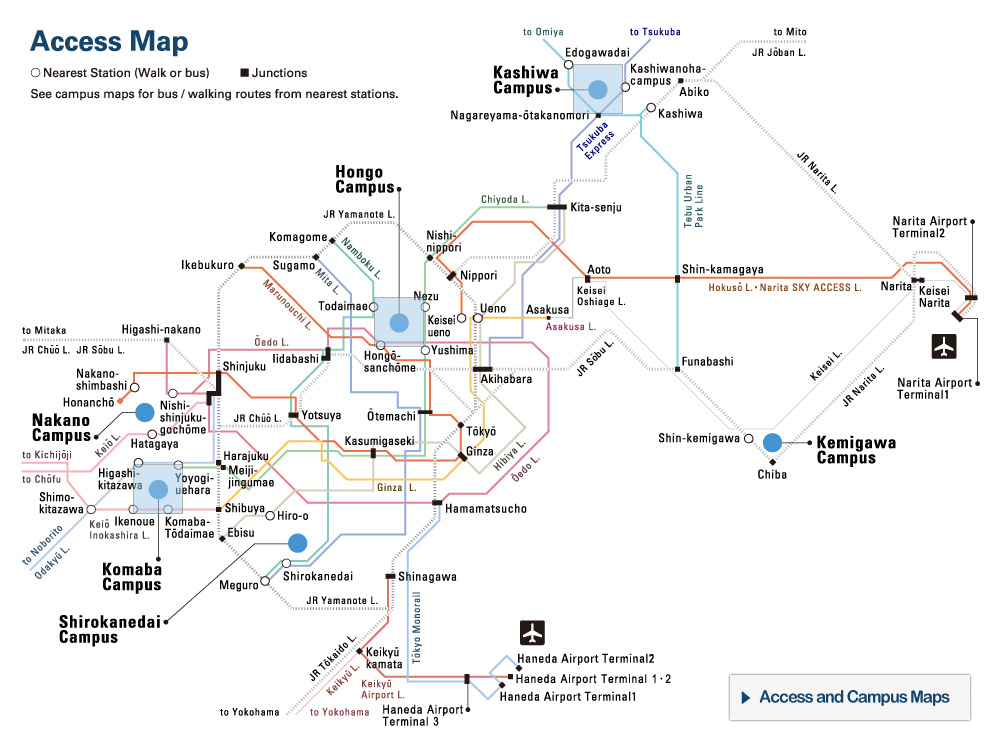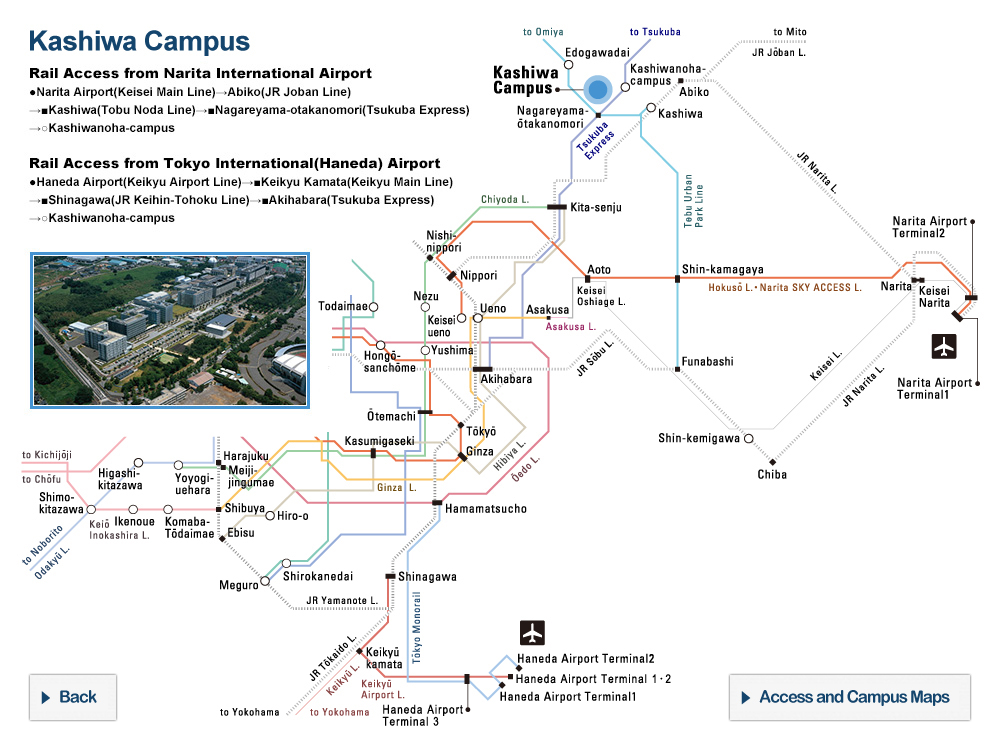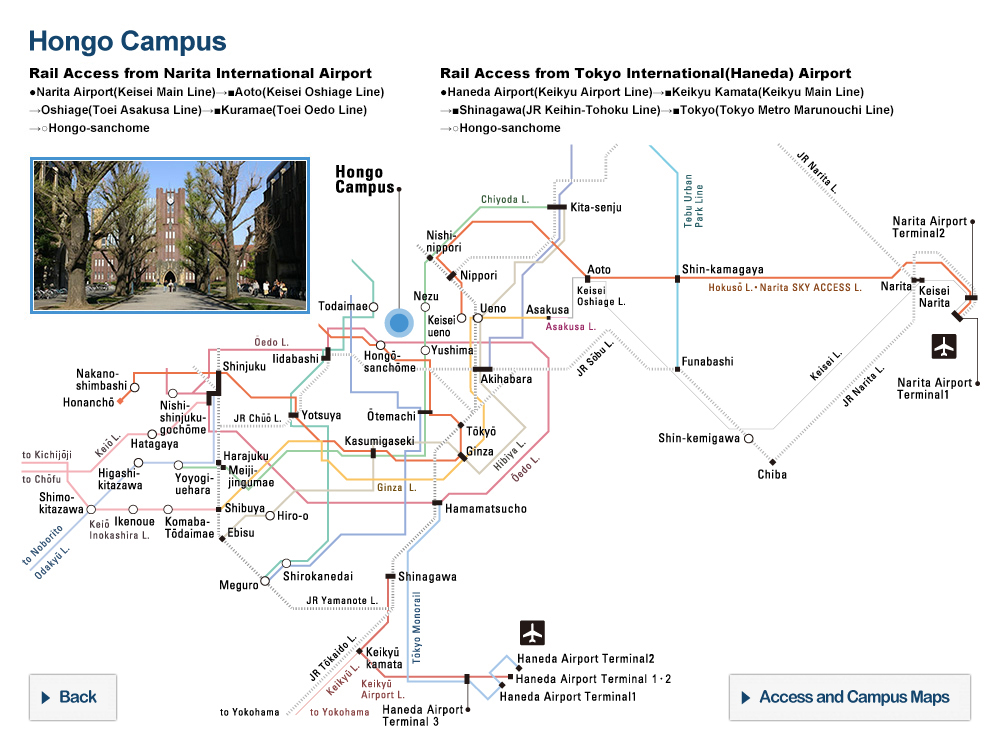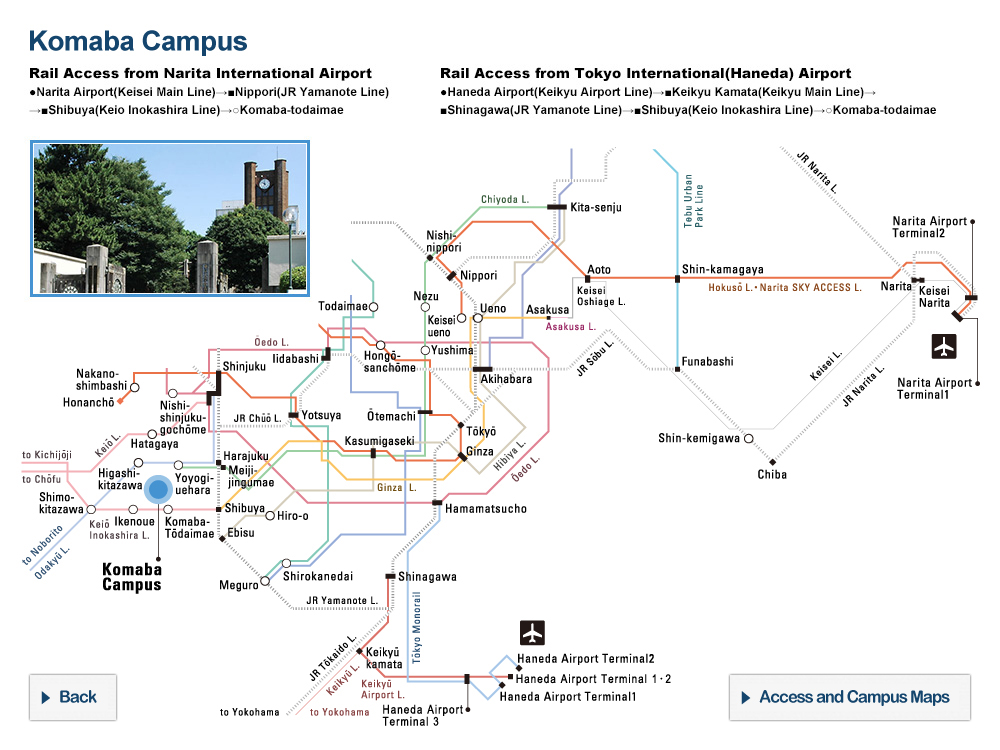2025 New Year’s Greeting from the University President

A Happy New Year to everyone.
As you all know, last year we decided to revise our tuition fees, which had remained unchanged for the two decades since our transition to a national university corporation. This move was urgently necessary to ensure that the University of Tokyo can continue improving our educational and research environment in order to fulfill our creative role in shaping the future of society and to enhance the appeal of our institution. I would like to extend my gratitude to all faculty, staff, and students for sharing their opinions and for their cooperation throughout this process. At the end of last year, I had the opportunity to meet directly with people throughout the university about this matter. Among other issues, we discussed the importance of carefully considering the individual circumstances of students.
During those discussions, I mentioned that the breadth of our diverse research is a vital asset for UTokyo. To secure an environment where researchers of the next generation can independently pursue unique research with freedom of thought, we need to increase our long-term discretionary funding, that is, our endowment. While innovation is in high demand today, it cannot emerge without excellent basic research. The cornerstone of the “new university model” set forth in UTokyo Compass is ensuring that we can conduct education and research within our university freely and without constraints. It is crucial that we strengthen our financial foundation to support innovation that enables the continuous generation of creative and public-oriented outcomes for the benefit of all of humanity. It is within this context that we are currently preparing our application for the Universities for International Research Excellence program.
As we enter this new year, I would like to share my thoughts on some issues that lie behind the goals we are pursuing.
Last year, the Nobel Peace Prize was awarded to the Japan Confederation of A- and H-Bomb Sufferers Organizations (Nihon Hidankyō), which for many years has tenaciously shared atomic bomb survival experiences and spoken out worldwide about the horrors of nuclear weapons. Since Hiroshima and Nagasaki, the power and cruelty of weapons that utilize nuclear reactions to instantaneously massacre countless innocent civilians have been overlooked or even forgotten. I express my deepest respect to the hibakusha who have shared their tragic experiences and passed their stories down to later generations. At the same time, I believe that universities have an important role and responsibility to play in realizing a world free of nuclear weapons. This is fundamentally an issue of how we design our future society through international rules that all nations can agree upon in principle, regardless of whether they have nuclear weapons themselves.
When we turn our attention to the current international situation, we see that the conflicts in Ukraine and Palestine/Israel are sadly continuing or even getting worse. In those two regions alone, hundreds of thousands of lives have already been lost, and many more continue to be at risk. The conflicting parties alone cannot even begin to find a path to dialogue. Nor can the problem be solved by leaving it to politicians and diplomats, who tend to be divided along national lines. But the contributions that universities can make to resolve conflicts remain quite limited. To find solutions, it is necessary to know the causes and details of each conflict, and that is precisely where the role of the university lies. However, our efforts to elucidate those issues and to share our understanding of them have not been sufficient.
The Israeli-Palestinian conflict has endured for over a century since the initial outbreak of violence, and its history is deeply intertwined with that of Europe. Similarly, the Russia-Ukraine war must be examined in light of the breakup of the Soviet Union and the unresolved legacies of the Cold War. Nevertheless, it is important to remember that both of these conflicts are manifestations of human society’s failures. Furthermore, even conflicts in distant regions set off chain reactions of adverse effects throughout the world, including rising food and energy prices and the friction that accompanies human migration. Such impacts risk triggering new conflicts in other regions.
When viewed in this way, world peace itself might be considered a global public good.
Just as the global environment is recognized as a public good in international efforts to tackle climate change, regional conflicts require a similar approach. Not only must international society be involved, but these conflicts are of a scale and nature that demand active participation from universities, which can engage in impartial discussions based on academic knowledge beyond immediate interests. As international politics becomes increasingly divisive at the national level, the question emerges of how we can join hands globally. Developing human resources who can address such issues while being mindful of diversity, equity, and inclusion is just the sort of challenge UTokyo must tackle. The key will be to support students who wish to address these crucial issues by providing them with opportunities to learn about global challenges in greater depth and detail, and by establishing frameworks that allow them to design their learning autonomously. This will require the collective wisdom of both faculty and staff in many areas.
The term “interdisciplinary research,” when emphasized as a new direction, has implied collaboration that crosses boundaries while assuming the distinct existence of specialized fields like the humanities and sciences or basic and applied research. At the frontiers of scholarship, however, the era of such strictly defined interdisciplinary research is now ending, and we are advancing into a new phase.
A key event that symbolizes this change was the awarding of the Nobel Prizes in physics and chemistry last year. The physics prize went to research in information science that built the foundations of artificial intelligence using insights from physics. The prize in chemistry, on the other hand, was awarded to researchers who used that artificial intelligence to achieve high-precision predictions of the structures of proteins. Predicting and determining protein structures is crucial for the life sciences and for developing drugs and understanding disease mechanisms, but conventional experimental and analytical techniques have sometimes required years to determine a single structure, making it one of science’s greatest challenges. Depending on the computing environment, this new technology can enable highly accurate protein structure prediction in mere minutes. It was a moment that clearly demonstrated how the synergy among diverse academic fields and the disappearance of traditional boundaries between basic and applied research can lead to major academic breakthroughs, with scientists’ efforts across many fields connecting in unexpected ways.
These new academic developments demonstrate the importance of foundational education that transcends boundaries between fields of scholarship, whether dealing with society, culture, nature, human creations, or information. UTokyo must be acutely conscious that we live in an era when the very methods of learning and research are changing.
Artificial intelligence has advanced remarkably in the last ten years, and it is not easy to predict the future of the technology. Nevertheless, in order to continue to produce internationally outstanding talent, we need to build a system of higher education that firmly considers the future of humanity, society, and the planet. It is not just about taking advantage of the convenience of computing tools; we also need to change how we think about education itself. The challenge for us is determining what kind of university we can create at UTokyo for an era when diverse students with high ideals and strong motivation will be able to design what they learn here as they wish.
For many decades after World War II, Japanese universities played a consistent role in Japan’s economic growth: We efficiently provided young high school graduates with a standardized education and ensured they graduated within a set timeframe so that they could start working immediately upon graduation. This approach, which focused on meeting demands for efficiency and quantitative results in terms of the supply of education and labor, did prove effective in supporting our country’s rapid economic growth. However, in our current era of complexity and low growth, where diverse individual learning paths and flexible careers are what generate new vitality in society, this standardized model of university education is no longer sufficient to adequately meet the expectations of individual learners.
Now that artificial intelligence is beginning to surpass human capabilities in many areas, now that energy and resources are no longer unlimited, and now that humanity must jointly address global crises like the COVID-19 pandemic and climate change, we need serious discussions across all academic disciplines about what kinds of human resources will be needed in the future. I want to enable students not only to become specialists in particular fields but also to thrive as creators who imaginatively seek solutions. Doctoral degree holders have particularly high potential to make such contributions, and as a university we will continue to explore ways for them to apply their expertise in addressing global challenges.
As I have explained on many occasions, the concept of “design” that I advocate goes beyond aesthetics. It involves reimagining learning and research, bringing together diverse forms of knowledge, and constructing and implementing the ideas and actions needed to understand and solve urgent global problems and to create new value. It is important for people with as many diverse perspectives as possible to think together about those problems, so we need to encourage more women, international students, and people from different generations to gather on our campuses. As with the ideals of interdisciplinarity and academic fusion, collaboration through dialogue is vital for design as well. Without free dialogue unconstrained by rules and customs, we cannot deeply explore ideals, share truths, or form connections among various kinds of wisdom. At the Tokyo Forum held last November, there were discussions about how the true power of design lies in “co-design”—when people collaborate to find solutions, meaningful dialogue emerges, fostering the power to generate surprising innovations.
In the year ahead, we will undoubtedly face various challenges as we guide the university forward together. Let us approach this task in true UTokyo fashion, engaging in thoughtful dialogue as we work to create a better future. I look forward to your continued support and cooperation in the coming year.
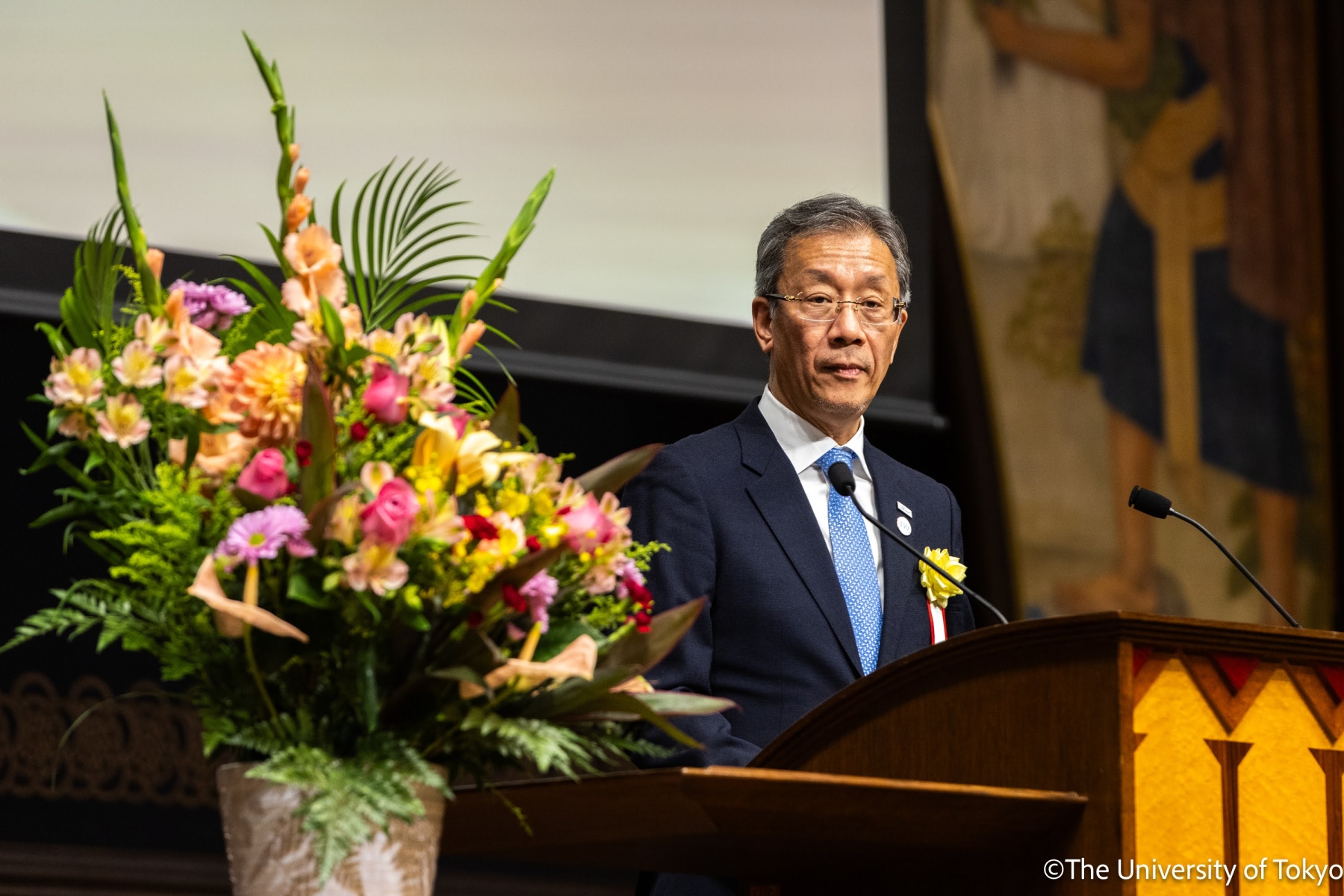
January 7, 2025
Teruo FUJII, President
The University of Tokyo



